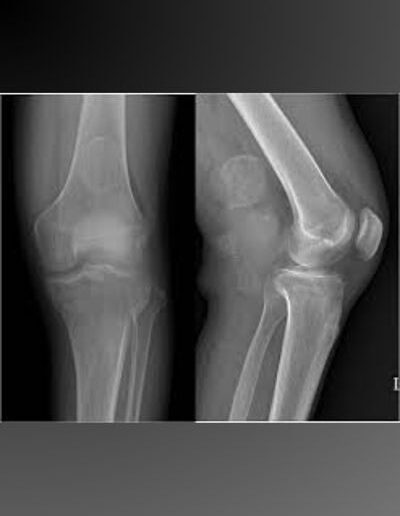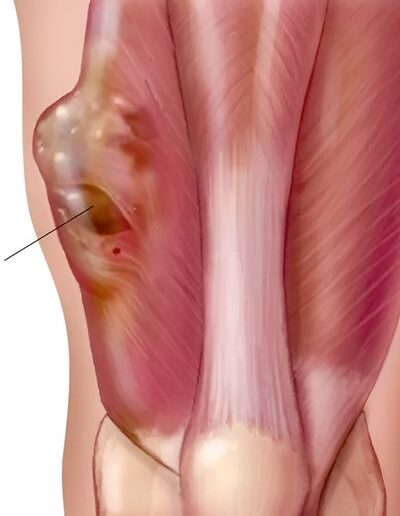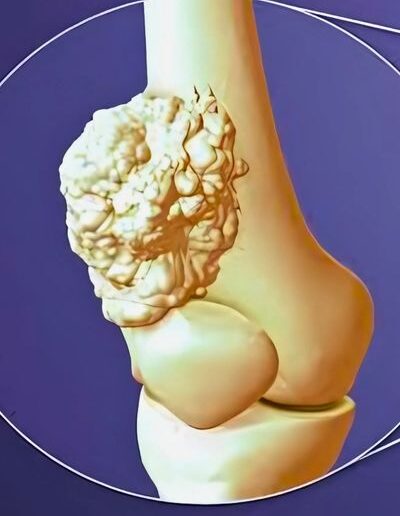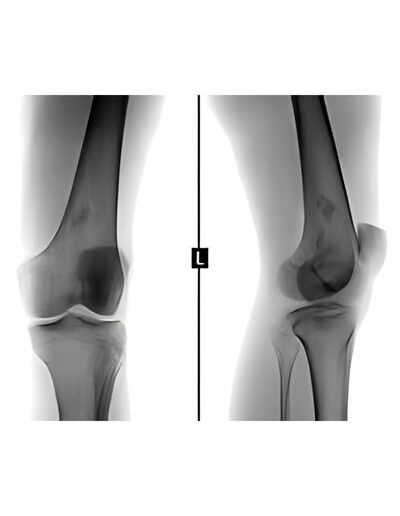





Benign (noncancerous) tumors are even more common than malignant tumors in the musculoskeletal system.
Common types of benign tumors include:
Benign bone tumors that are more aggressive, such as giant cell tumor or chondromyxoid fibromas, usually require surgery. In these cases, techniques such as synthetic bone graft substitutes are used to rebuild rather than remove bone. Drugs such as denosumab are also used to treat specific tumors.
Common types of malignant bone tumors include:
More than one-third of bone sarcomas are diagnosed in patients under the age of 35 years old; many are diagnosed in children.
As opposed to primary bone sarcoma (cancer that starts in the bone), metastatic bone cancer starts in another location (such as an organ) and travels to the bone. This cancer comes in many forms, most often thyroid, lung, kidney, breast or prostate.
When a cancer from a distant organ spreads to the skeleton, it can create structural problems in the bone that may lead to greater pain and reduced functioning.
Benign soft tissue tumors are very common (fewer than 5% of all lumps or bumps discovered are cancerous). Many of these tumors can be monitored regularly, but some have to be removed by surgery. Some benign tumors, such as desmoid tumors, may require treatment from the medical oncology, radiation oncology or interventional radiology teams, all of which work closely together.
The most common types of benign soft tissue tumors include:
Soft tissue sarcomas begin in the muscle or other connective tissues of the body. Unlike bone tumors, most soft tissue sarcomas occur in adults, though certain types, such as rhabdomyosarcoma, are found mostly in children.
Some of the most common types of soft tissue sarcomas include:
The symptoms of sarcomas vary. For example, in their early stages, some sarcomas may not cause noticeable symptoms. Sarcomas may appear as a painless lump under the skin. Other sarcomas may form in the abdomen, and may not cause symptoms until they grow very large and press on an organ.
Other sarcomas can present as long-lasting bone pain or swelling in an arm or leg that gets worse at night, or decreased mobility.
Sarcoma symptoms that should be investigated are masses (growths) that grow larger, painless masses that have become painful or masses larger than a golf ball (around five centimeters).
In the case of children, a child who has bone pain that does not get better on its own, and that did not occur with an injury, should have an imaging test to investigate.
Cardiology is the medical specialty that deals with the diagnosis and treatment of diseases related to the heart and blood vessels. Basic knowledge of cardiology includes understanding the anatomy and function of the heart, the various cardiovascular diseases, risk factors for heart disease, diagnostic techniques such as electrocardiograms (ECGs) and echocardiograms, treatment options including medications, interventions, and surgeries, and preventive measures to maintain heart health.
It is important to note that these symptoms can also be caused by other conditions, and some individuals with heart disease may not experience any symptoms until a more advanced stage. If you are experiencing any concerning symptoms, it is recommended to consult a healthcare professional for a proper evaluation.